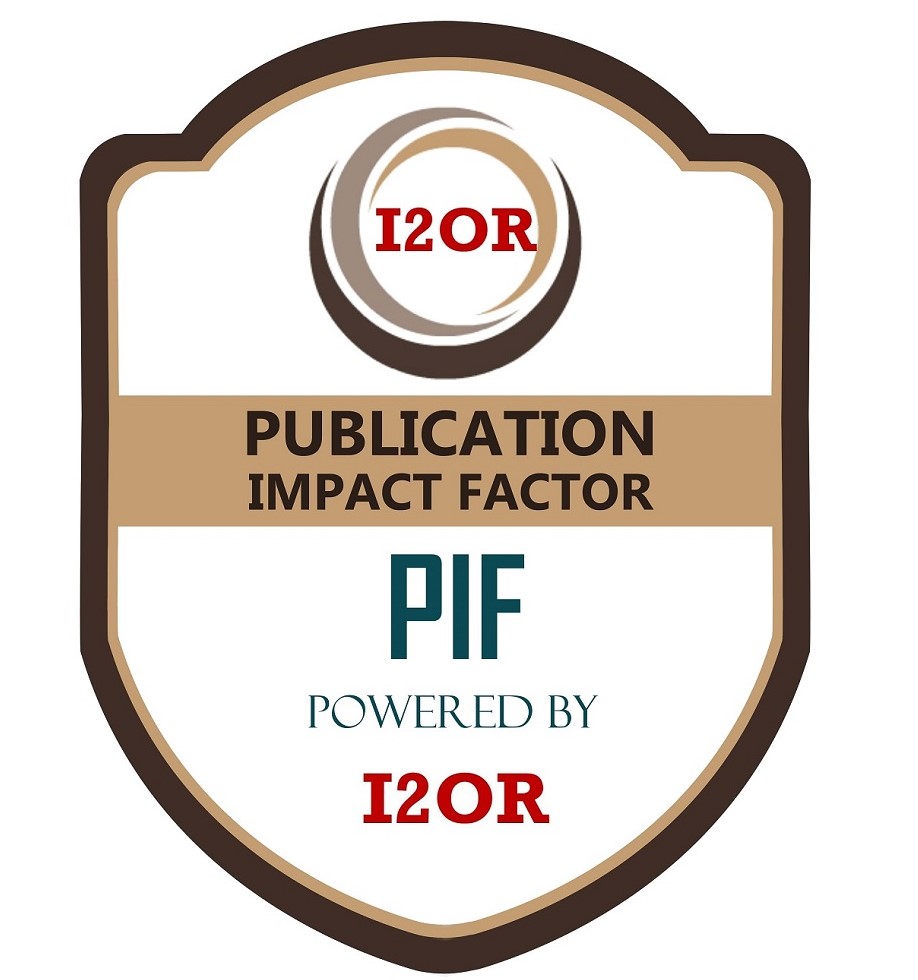- Version
- Download 32
- File Size 429.58 KB
- File Count 1
- Create Date 09/06/2023
- Last Updated 09/06/2023
Comparative analysis of 1:1:1 and 1:2:2 bitcell and implementing write assist
Comparative analysis of 1:1:1 and 1:2:2 bitcell and implementing write assist
Naman Bhatia, Dr.Shilpa D.R
Electronics and communication engineering
RV college of engineering
Bangalore, India
Abstract—This paper presents a comprehensive comparison between two distinct bitcell designs: the 1:1:1 bitcell and the 1:2:2 bitcell. Bitcell analysis is a critical aspect of memory design, influencing system performance, power consumption, area efficiency, and reliability.The paper begins by introducing the two bitcell designs and their fundamental principles. The 1:1:1 bitcell represents a conventional single-ended bitcell architecture, widely used in various memory technologies. On the other hand, the 1:2:2 bitcell is a modified version featuring a differential read path, enabling improved read stability and enhanced noise immunity.A comprehensive performance evaluation is conducted, comparing the key metrics of the two bitcell designs. The analysis encompasses parameters such as read and write stability, read and write margins, power consumption, access time, and area efficiency. The impact of process variations, temperature variations, and supply voltage fluctuations on the performance of both bitcell designs is also investigated.In conclusion, this paper offers a comparative analysis of 1:1:1 and 1:2:2 bitcell designs, assessing their performance, reliability, and system-level implications. The findings serve as valuable insights for memory designers, researchers, and engineers, aiding in the selection and optimization of bitcell designs for next-generation memory architectures.
Index Terms—bitcell, process variations,temperature vari-ations, supply voltage fluctuations,read stability,write stabil-ity,noise immunity.







